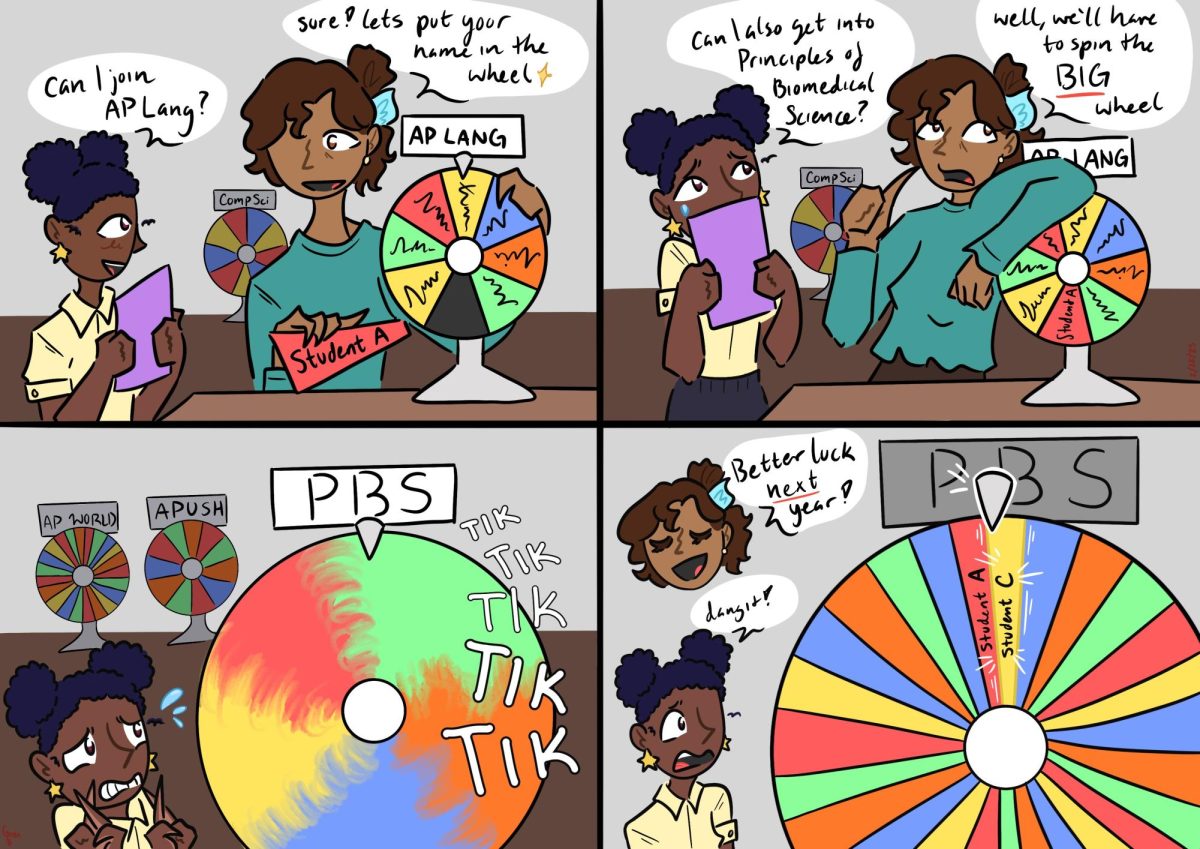South Korean schools will soon be going paperless, and sadly, it seems American schools are not far behind.
Korea’s Education Ministry recently announced the nation will replace all printed textbooks with digital versions in the next four years, including having all high school textbooks digitized by 2015.
Although paperless education may seem like a good idea, it will ultimately hurt students more than it will help them.
The Korean government wants to build an online computing system for schools that will store a massive database of all digital textbooks.
South Korea’s plan to go digital is part of a growing trend that is spreading quickly and even catching on here in America.
Eminence Middle School in Henry County, Ky., is slowly easing into this idea with their “Paperless Classroom.” In this school’s English classes, absolutely all homework and assignments are done digitally.
Another district experimenting with the idea of paperless education is Pennsville School District in Salem County, N.J. Pennsville superintendent Michael Brodzik supports the change, reasoning that digitizing learning is the most efficient way for students to learn.
“It’s been beneficial. There’s certainly a cost to the iPads, but there’s a reduction in paper use as well as in time needed to put together paper agendas,” Brodzik told the (source). “It’s a lot easier to update the agendas if a change has to be made, as opposed to paper forms that we would have to hand deliver.”
But offering resources only in electronic format is not necessarily a great idea. The supplementary material used by students that often accompanies textbooks, such as worksheets and study guides, must also be digitized.
This means that students will have to keep all of their learning tools on their tablet, laptop, or online. Relying solely on technology could easily backfire if, say, a student’s laptop or tablet suddenly breaks or is stolen. And what happens if the district’s Internet server is down? Does all learning stop?
This new system allows more room for error and disorganization. In addition, many students prefer to write out notes by hand when studying so they absorb the information. These students will not benefit as much from typing information on a keyboard.
Not only could the switch to all digital hinder students’ learning, it could even cause serious health problems.
The American Academy of Pediatrics recommends people have no more than two hours of screen time a day. Frequent computer use can also lead to Computer Vision Syndrome, which is a degenerative eye problem which often results in severely reduced eyesight, blurred vision, overall eye tiredness, and even glaucoma.
All these concerns aside, digitizing education would be an incredibly poor choice with monetary costs in mind. Providing all students with a tablet or laptop is not a low-cost endeavor.
So while digital learning tools and resources are great supplements to books, America should not allow schools to become entirely paperless.
Eliminating textbooks and worksheets from classrooms will only do harm to schools.




